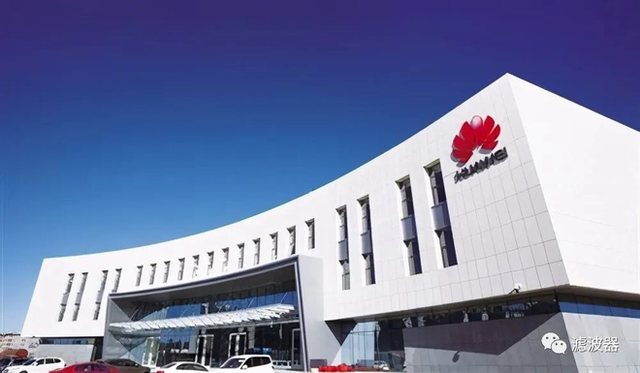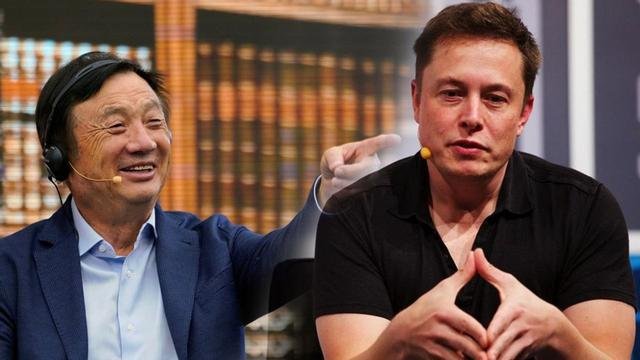
Recently, a famous Chinese technology blogger Changan Digital Jun, known to have close ties to Huawei, posted on the social network Weibo that Huawei will launch two satellites with China Aerospace and China Mobile.
This move quickly caught the attention of the Chinese technology community, because it contained a special meaning about the core technology.
Ma Jihua, a senior technology analyst in Beijing, said that Huawei’s move to launch satellites is inevitable in the context that the technology company is promoting the development of 6G networks.
Previously, Xu Zhijun, Huawei’s rotating chairman, also mentioned 6G at the `Huawei Global Analyst Conference` in early April. He said: `Currently, we do not know what 6G is
Even Xu Zhijun also stated that Huawei is already leading the world in 5G, so will also lead the world in 6G.
In fact, 6G technology is being researched by many countries.
China is also conducting research on terahertz.

Because Huawei believes that 6G should have higher speed and higher frequency in terms of communication, it has even proposed that 6G should be expanded to three directions: sea, land and space, or even
But 6G networks are about terahertz, and terahertz requires satellite launches.
In the US, the country that has lost its leading position in 5G technology, wants to regain its position and established the so-called Next G Alliance, or 6G Alliance.

Regarding the space satellite network, the US is leading with the main representative being the Starlink project by SpaceX, the commercial aerospace company founded by Elon Musk.
SpaceX currently operates more than 1,300 Starlink satellites in low Earth orbit, and that number is growing by about 120 each month.
According to Nham Chinh Phi, president of Huawei, 6G research is synchronized with 5G and Huawei has participated in the 6G battlefield for a long time.
In another move, US President Joe Biden and Japanese Prime Minister Yoshihide Suga agreed to invest 4.5 billion USD to develop 6G, the next generation mobile network technology.






